Understanding the Metrics Behind Manufacturing Staffing Solutions ROI
In today’s competitive manufacturing landscape, identifying the return on investment (ROI) for staffing solutions is imperative for sustained success. Given the complexities of staffing and the impact of personnel on production efficiency, companies must analyze specific metrics to evaluate the true value of their staffing investments. This not only includes the quantifiable aspects but also the quality enhancements achieved through strategic staffing.
Cost Savings Through Efficient Staffing
The initial metric in assessing staffing solutions ROI is the cost savings realized through improved workforce management. Factors such as the reduction in overtime expenses, the cost-per-hire savings, and decreased turnover rates are pivotal points. For instance, by leveraging staffing agencies that specialize in the manufacturing sector, companies can reduce recruitment times and associated costs, leading to an immediate impact on the bottom line. Calculating these savings provides a direct insight into the monetary returns gained from smart staffing decisions.
Productivity and Performance Metrics
Beyond cost savings, evaluating productivity levels post-staffing proves essential. Key performance indicators (KPIs) like production output, machine uptime, and the rate of product defects can offer a comprehensive picture of workforce efficacy. Upgraded staffing solutions that bring skilled workers into the fold tend to result in a higher quality of work, fewer errors, and a more capable handling of advanced machinery—all of which drive a higher ROI. Assessing these changes in productivity levels post-implementation is integral to understanding the staffing solution’s effectiveness.
Employee Morale and Long-Term Organizational Growth
The less tangible but equally important metric to consider is employee morale, which can significantly influence a manufacturing operation’s profitability. A stable, well-staffed team leads to improved morale and work culture, resulting in greater innovation and a willingness to invest discretionary effort. The long-term ROI of this aspect is retention of expertise and a sustainable, skilled workforce aligned with the organization’s growth objectives. By tracking employee satisfaction and its correlation with reduced absenteeism and higher productivity, businesses can gauge the long-term value of their staffing solutions.
«`
Strategic Implementation of Staffing Solutions in the Manufacturing Sector
Understanding the Manufacturing Sector’s Unique Workforce Needs
The manufacturing sector is a vital component of the global economy, known for its dynamic and demanding work environment. One of the keys to maintaining a competitive edge in this industry lies in effectively understanding and addressing the unique workforce requirements. With technological advancements and evolving production processes, manufacturers must focus on acquiring skilled staff adept at operating complex machinery and adapting to new systems. This involves both the hiring of technicians with specialized expertise and the continuous training of existing employees to keep pace with industry developments.
Fostering a Skilled Workforce
Manufacturers must adopt a multi-faceted approach to workforce development. This includes creating apprenticeship programs, partnering with educational institutions, and offering in-house training. These strategies, aimed at cultivating a highly capable workforce, play a crucial role in ensuring operational efficiency and product quality.
Creating an Agile Staffing Model
To thrive amidst fluctuating market demands, manufacturing firms must develop an agile staffing model. Such a model allows for the seamless scaling of the workforce in response to production needs. It significantly reduces the risk of understaffing during peak seasons or overstaffing when demand is low. Flexibility is crucial, and it is achieved through a combination of full-time, part-time, and temporary employment contracts, along with a robust talent pipeline that can be tapped into when the need arises.
Utilizing Temporary Staffing Agencies
Partnering with reputable temporary staffing agencies can provide immediate access to skilled workers, particularly for short-term projects or sudden increases in production volumes. These agencies are often adept at understanding the specific needs of the manufacturing sector and can supply appropriately skilled personnel at short notice.
Incorporating Technology in Recruitment and Training
The strategic implementation of staffing solutions in the manufacturing sector is incomplete without integrating technology into recruitment and training processes. Advanced software systems can streamline the recruitment process, making it faster and more efficient, while e-learning platforms can offer staff the flexibility to undergo training at their own pace. Such technological adoptions not only improve the efficiency of hiring and development practices but also cater to the preferences of a technologically inclined workforce.
Embracing Digital Transformation
Manufacturing companies need to embrace digital transformation not only in their production lines but also in managing their human resources. Tools like Applicant Tracking Systems (ATS) and Learning Management Systems (LMS) facilitate the tracking of candidates’ applications and employees’ progress. Efficient use of these tools supports better decision-making and contributes to a more strategic approach to staffing.
Overall, the strategic implementation of staffing solutions in the manufacturing sector requires a deep understanding of the industry’s needs, a flexible employment model, and a strong embrace of technology. By focusing on these core areas, manufacturing businesses can build a robust and responsive workforce capable of driving success in a competitive and ever-changing landscape.
Impact of Staffing Solutions on Manufacturing Success
Case Study Analysis: Enhancing Productivity Through Specialized Recruitment
Manufacturing companies often face the challenge of maintaining a skilled workforce to meet market demands. Specialized recruitment strategies have proven their worth in addressing this issue. By examining several case studies, a notable pattern emerges: specialized recruitment not only filled gaps quickly but also improved the overall productivity of the production lines. For example, a leading automobile manufacturer implemented a targeted hiring process and saw a 15% increase in production output within six months. The focused approach to staffing enabled them to swiftly identify and onboard individuals with the specific skills necessary for advancing their operations.
Strategic Partnership with Staffing Agencies
Many manufacturing firms have opted for strategic partnerships with staffing agencies. These collaborations have facilitated access to a broader talent pool, equipped with the latest industry knowledge and skills. Agencies specializing in manufacturing niches have been particularly effective in understanding the unique requirements and nuances of the sector. A mid-sized aerospace components manufacturer is a prime testimonial to this strategy, revealing a reduction in training time by 30% due to the hiring of pre-trained staff sourced by a reputed staffing agency.
Retention and Morale: The Long-term Effects of Effective Hiring
Another critical aspect highlighted in manufacturing case studies is the correlation between effective hiring practices and employee retention. High turnover can be costly and disruptive. Through better recruitment processes and improved workforce planning, companies have successfully curbed attrition rates. A textiles firm that focused on creating a positive work culture and clear career progression paths saw a significant 40% decrease in turnover. Happy employees are likely to stay longer, reducing the need for repeat hiring and the associated costs.
Investing in Employee Development
In addition to hiring, investing in current employee development has profound, long-term benefits. Case studies show that manufacturers providing regular training and upskilling opportunities tend to keep their workforce engaged and motivated. A notable electronics manufacturing company offered certification courses and saw a 70% rise in employee satisfaction scores, which translated into a marked increase in product quality and customer satisfaction.
Leveraging Temp-to-Hire Programs for Flexibility and Fit
Flexibility is a hallmark of modern manufacturing success, and temp-to-hire programs have become a strategic tool for many companies looking to balance workforce demands with operational needs. By engaging potential employees on a temporary basis initially, organizations can effectively gauge the fit and performance of individuals in real-world settings. Studies indicate that such approaches lead to better hiring decisions. For instance, an industrial equipment manufacturer leveraged temp-to-hire programs to optimize its staffing levels during peak periods, which ultimately enhanced its supply chain efficiency by 20%.
Nurturing Talent from Within
Temp-to-hire initiatives also offer the unique advantage of nurturing talent from within. Workers who start as temporary employees but demonstrate strong potential may be offered permanent positions. This ‘try before you buy’ concept reduces the risk of poor hiring decisions and fosters a merit-based pathway for career growth. It has been reported that organizations utilizing this staffing strategy often witness increased internal promotion rates and a more motivated workforce looking to excel in its temporary role for permanent opportunities.
Exploring Staffing Solutions in the Manufacturing Sector
Welcome to our in-depth analysis where we compare manufacturing staffing agencies with in-house recruitment. The efficiency and cost-effectiveness of recruitment processes are critical in building a reliable workforce. As such, key decision-makers in the manufacturing industry often weigh the onsite investments against the convenience offered by agencies. Our discussion will explore the distinctive advantages and the trade-offs of each approach.
Cost-Benefit Analysis for Manufacturing Staffing Agencies Versus In-House Recruitment
Choosing between a staffing agency and in-house recruitment is a significant strategic decision for any manufacturing business. The former offers dedicated services that tend to be highly scalable and flexible, whereas the latter provides a more hands-on approach with potentially lower external expenditure.
Manufacturing Staffing Agencies: Saving Time and Resources
- Scalability: Agencies can quickly adjust the number of workers to meet the fluctuating demands of manufacturing projects.
- Speed: With vast databases and extensive networks, agencies can significantly reduce the time to hire, filling vacancies expeditiously.
- Costs: While using an agency involves certain fees, the costs associated with screening, interviewing, and training can be mitigated due to the agency’s economies of scale.
- Quality: Agencies specialize in sourcing skilled workers and often provide replacements swiftly if an initial hire doesn’t meet expectations.
In summary, manufacturing staffing agencies offer an end-to-end solution that can be less time-consuming and more adaptable to production demands. However, the service fees incurred must be measured against the potential cost savings associated with reduced hiring timelines and the flexibility of temporary staffing.
In-House Recruitment: Greater Control and Cultural Fit
- Control: In-house teams have a direct hand in the hiring process, allowing for a finer-grained control over candidate selection.
- Cultural fit: Direct involvement in hiring enables businesses to assess candidates extensively for alignment with company culture and long-term goals.
- Internal expertise: In-house recruiters often develop a deep understanding of their manufacturing operations, leading to more informed hiring decisions.
- Initial costs: While saving on agency fees, in-house recruitment requires substantial investment in HR infrastructure and personnel.
In-house recruitment can potentially foster a more cohesive work environment and retain knowledge within the company. Nevertheless, the added responsibility adds complexity to human resource operations, possibly increasing the long-term costs if not managed effectively.
Comparing Agency and In-House Costs
When comparing the two models, decision-makers should consider the full spectrum of costs, including ongoing expenses of maintaining an in-house team versus the possibly variable costs of an agency arrangement. It’s also crucial to consider non-monetary factors such as the agility of the workforce, the impact on company culture, and the richness of the talent pool accessed through different recruitment strategies.
Maximizing Workforce Potentials: Training and Development in Manufacturing Staffing Solutions
Maximizing Workforce Potentials: Training and Development in Manufacturing Staffing Solutions
Understanding the Manufacturing Workforce Landscape
The manufacturing sector is undergoing a remarkable transformation driven by technological advancements. To keep pace with the rapid changes, it’s critical to understand the evolving landscape of the manufacturing workforce. Investing in tailored training and development programs is not just beneficial; it’s a necessity for maintaining competitiveness and fostering innovation. This endeavor ensures that staff are well-equipped with the necessary skills to navigate and excel in today’s manufacturing environment.
Identifying Skill Gaps
Essential to the process of workforce empowerment is the identification of existing skill gaps. Manufacturers must conduct thorough skills assessments to pinpoint areas where training can have the most significant impact. Once identified, these gaps provide a roadmap for developing targeted training initiatives that can propel your workforce to new heights of productivity and efficiency.
Embracing Technological Advancements
As automation and digital technologies continue to revolutionize the industry, workers must be given opportunities to familiarize themselves with cutting-edge tools and techniques. This includes training in areas like CNC machinery, robotics, and data analysis, ensuring that the workforce remains agile and able to adapt to the demands of modern manufacturing roles.
Strategies for Effective Training and Development
Developing an effective training program is not a one-size-fits-all solution. It requires a strategic approach tailored to the specific needs of your manufacturing personnel. Below are some key strategies for successful training and development:
Fostering a Culture of Continuous Learning
Creating an environment that values learning is vital. Continuous learning cultures encourage employees to seek out growth opportunities, stay informed about industry developments, and routinely sharpen their skills. This can be achieved by offering access to workshops, webinars, and online courses, as well as by encouraging mentorship and knowledge-sharing among colleagues.
Personalized Training Programs
Understand that each employee has unique learning styles and career aspirations. Personalized training programs that cater to individual strengths and areas for improvement can lead to more engaged employees and better overall performance. Customized learning paths might include a combination of on-the-job training, shadowing, and personalized e-learning modules.
Measuring and Enhancing Training Outcomes
An essential component of any training program is the continuous measurement and analysis of its effectiveness. Utilizing metrics to evaluate training outcomes allows organizations to fine-tune their approach and make data-driven decisions about future development plans. The success of training initiatives can be gauged through various indicators, such as improved productivity, reduced error rates, increased innovation, and greater employee retention.
Implementing Feedback Mechanisms
Feedback is a powerful tool in the realm of employee development. Providing avenues for employees to voice their thoughts on the training they receive can unveil insights into how the training can be improved. It encourages a participatory culture where staff feel their experiences and opinions are valued and acted upon. Furthermore, this approach helps in creating training modules that are increasingly relevant and impactful.
Leveraging Technology for Training Enhancement
The infusion of technology into training programs can significantly enhance learning experiences. Tools like virtual reality (VR) for simulations, augmented reality (AR) for interactive learning, and artificial intelligence (AI) for personalized learning schedules are reshaping staff training. Embracing these technologies can lead to more dynamic and immersive training that captivates employees and accelerates their learning curve.

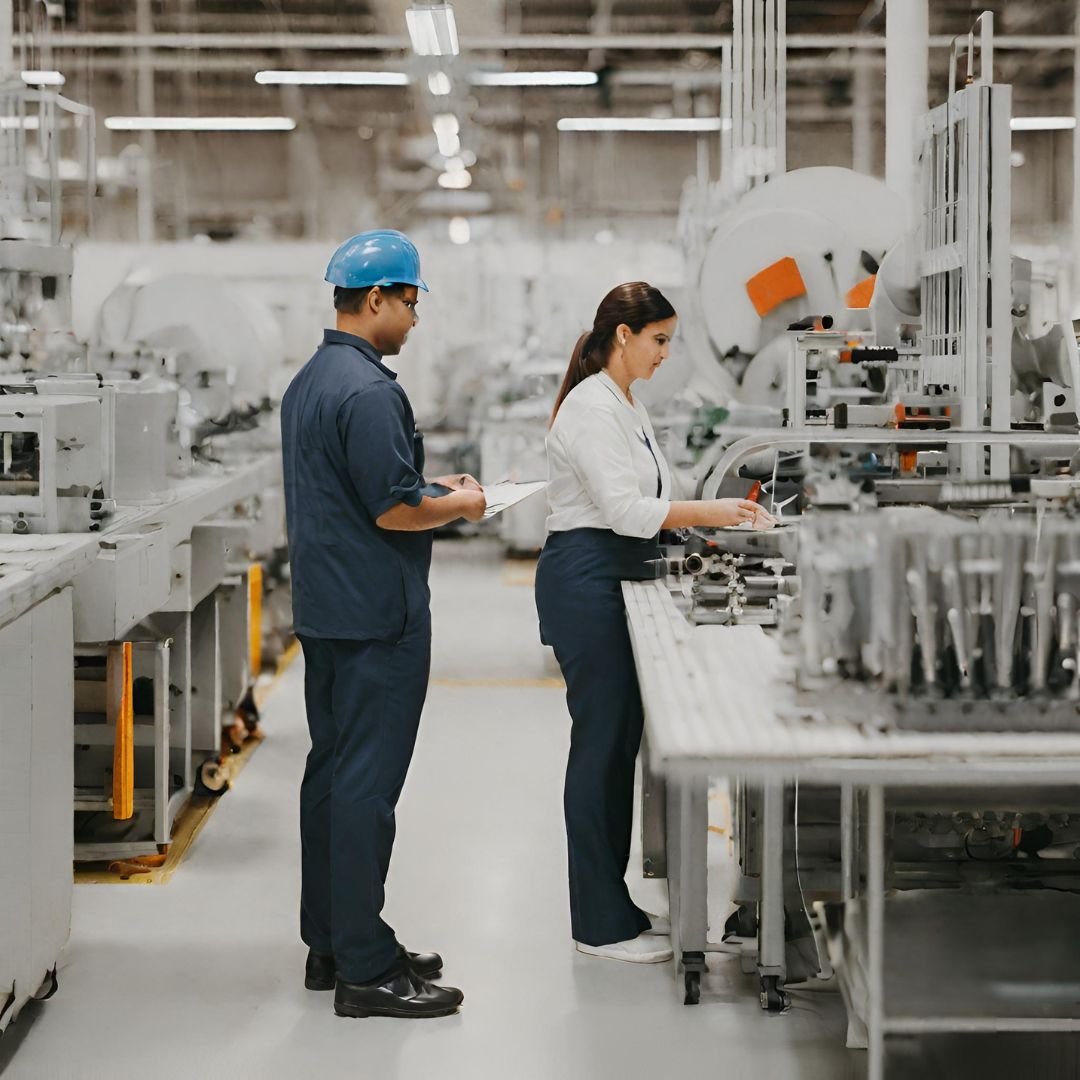

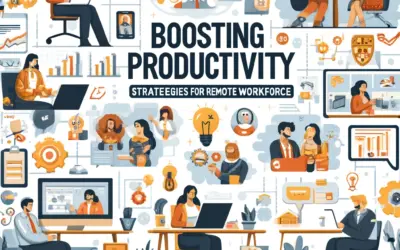
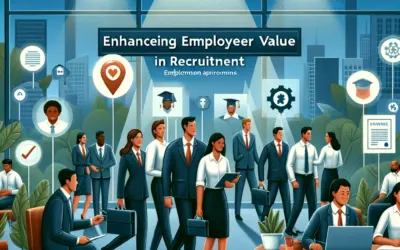
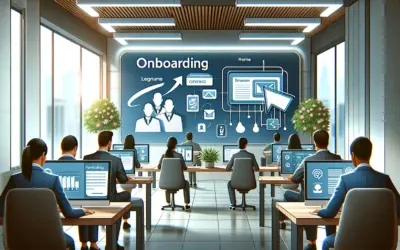

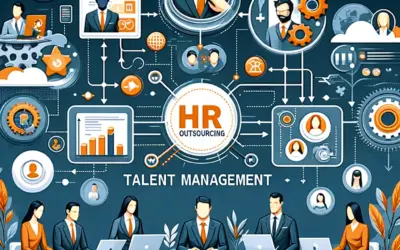





0 comentarios